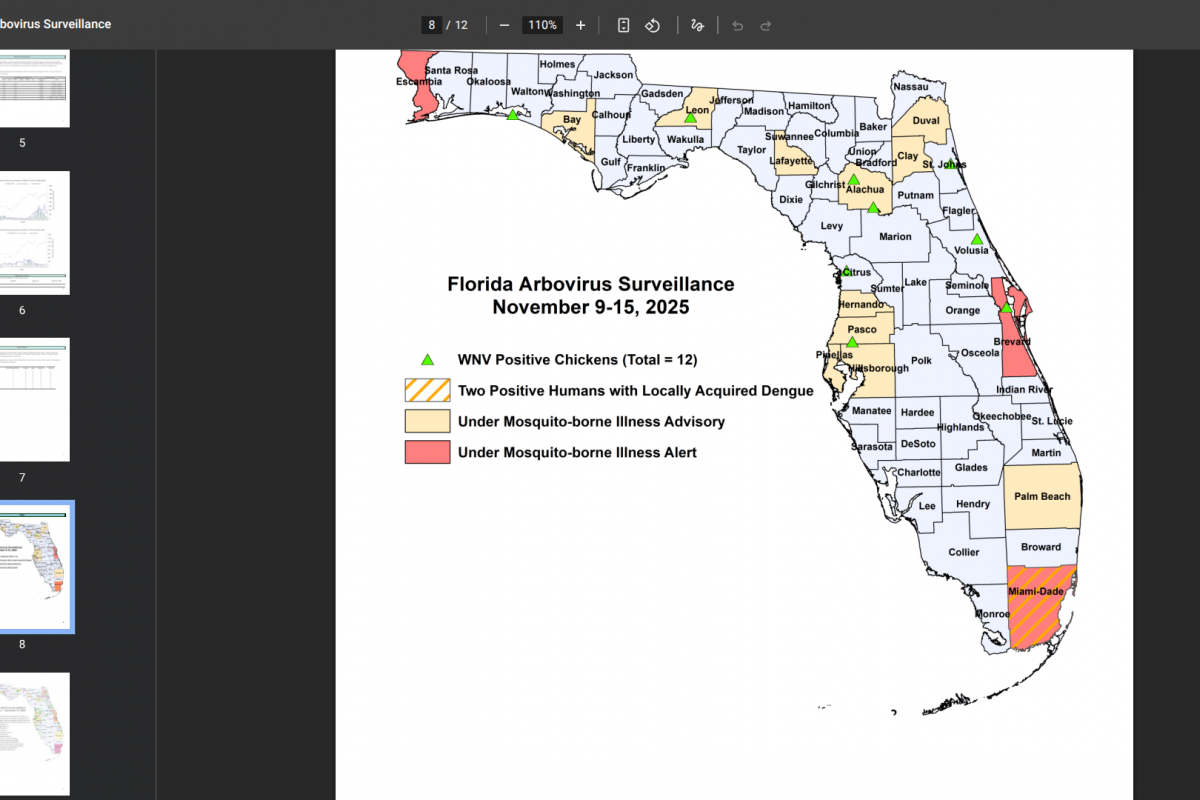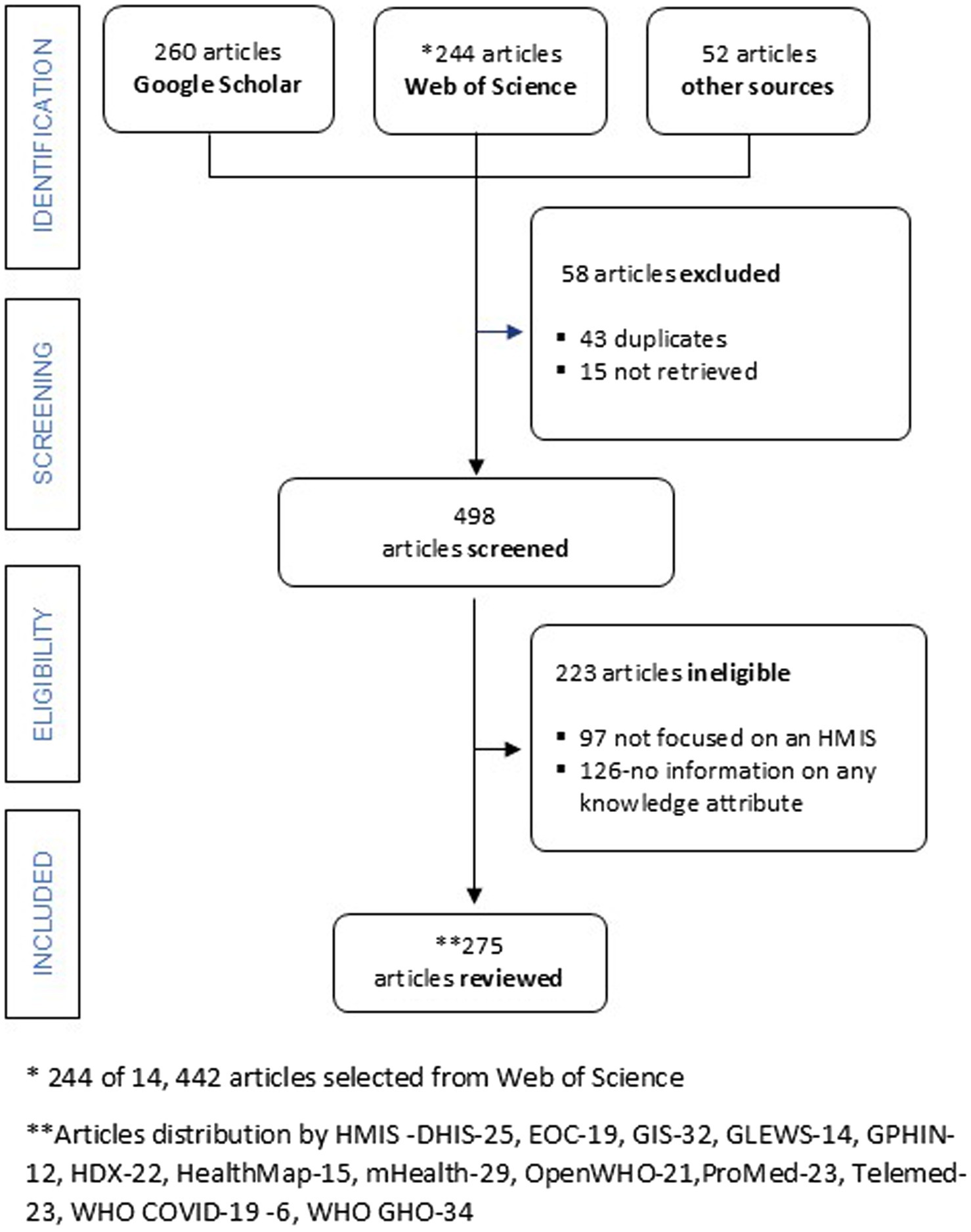The Health Risks of Consuming Alcohol – Johns Hopkins Bloomberg School of Public Health

Report on Alcohol Consumption Trends and Public Health Imperatives in the Context of Sustainable Development Goals
Introduction: Declining Alcohol Use and Progress Towards SDG 3
Recent data indicates a significant cultural shift in the United States regarding alcohol consumption. This trend aligns with the objectives of the United Nations’ Sustainable Development Goal 3 (Good Health and Well-being), particularly Target 3.5, which aims to strengthen the prevention and treatment of substance abuse, including the harmful use of alcohol. Current statistics reveal a notable decline:
- The percentage of U.S. adults who consume alcohol has fallen to 54%, the lowest figure in nearly 90 years.
- A majority of adults (53%), and an even higher proportion of young adults aged 18-34 (66%), now perceive moderate drinking as detrimental to health.
- Drinking rates among young adults have dropped from approximately 60% to 50% since 2023, indicating a generational move towards healthier lifestyles.
This decline represents a positive step towards reducing the public health burden associated with alcohol, which remains responsible for 178,000 deaths annually in the U.S. However, a significant gap persists between scientific evidence and public awareness, hindering further progress towards achieving SDG 3 targets.
Health Risks of Alcohol Consumption: A Direct Challenge to SDG 3
Re-evaluating Risks and Debunking Myths
Historical notions of alcohol’s health benefits have been largely invalidated by modern, methodologically sound research. Early studies often failed to account for confounding lifestyle factors or included “sick quitters” in abstainer groups, skewing results. The current scientific consensus, crucial for informing public health policy under SDG 3, is that the safest level of alcohol consumption is none. Even minimal intake poses risks that undermine the goal of promoting well-being for all ages.
Comprehensive Health Impacts Undermining Well-being
Alcohol consumption is a significant risk factor for a wide range of non-communicable diseases (NCDs) and mental health conditions, directly impeding progress on SDG Target 3.4, which seeks to reduce premature mortality from NCDs and promote mental health.
- Mental and Neurological Health: Alcohol disrupts sleep, increases anxiety, and contributes to long-term mental health problems, including addiction. In the U.S., 28 million individuals aged 12 or older met the criteria for alcohol use disorder in the past year.
- Non-Communicable Diseases: Consumption is linked to high blood pressure, weakened immunity, heart disease, stroke, and liver disease.
- Cancer Risk: Alcohol is the third-leading preventable cause of cancer in the U.S., responsible for approximately 100,000 cases annually. The risk increases with any amount of consumption, particularly for cancers such as breast cancer.
Strategies for Promoting Healthier Lifestyles (SDG 3 & SDG 12)
Health Benefits of Reduced Consumption
Reducing alcohol intake yields immediate and long-term health benefits, contributing directly to the promotion of healthy lifestyles as a core component of sustainable development. Studies on temporary abstinence, such as “Dry January,” have documented:
- Lowered blood pressure
- Improved energy and concentration
- Reduced anxiety
- Long-term reduction in drinking frequency and volume
These outcomes demonstrate that promoting reduced consumption is an effective strategy for disease prevention and well-being enhancement.
The Growth of Responsible Consumption Alternatives
The burgeoning market for non-alcoholic beverages reflects a societal shift towards responsible consumption patterns, aligning with SDG 12 (Responsible Consumption and Production). Driven by consumer demand for healthier alternatives, this industry’s growth outpaces the alcoholic beverage market, normalizing non-drinking social behaviors and providing viable choices for individuals seeking to avoid the negative health impacts of alcohol.
Policy and Education: A Framework for Achieving Public Health Goals (SDG 4, SDG 16, SDG 17)
Enhancing Public Knowledge through Education (SDG 4)
A critical barrier to progress is the lack of public awareness. An October 2025 report found that only 37% of U.S. adults are aware that alcohol increases cancer risk. Achieving SDG 4 (Quality Education), specifically Target 4.7 concerning education for sustainable lifestyles, requires clear and effective public health communication to ensure consumers can make informed decisions about their health.
Institutional Actions and Multi-Sectoral Partnerships (SDG 16 & SDG 17)
A systemic approach, leveraging strong institutions (SDG 16) and collaborative partnerships (SDG 17), is necessary to support individual and societal change. Evidence-based policy interventions are essential for creating an environment that promotes public health. Key recommended actions include:
- Mandatory Health Labeling: Update warning labels on alcohol containers to explicitly state the risk of cancer, following recommendations from the U.S. Surgeon General.
- Evidence-Based Regulation: Implement policies proven effective in tobacco control, such as increasing taxes, limiting sales hours and outlet density, and restricting marketing and promotion.
- Healthcare System Integration: Incorporate alcohol risk awareness into medical training and routine primary care to ensure patients receive credible information from healthcare providers.
- Updating National Guidelines: Revise the Dietary Guidelines for Americans to reflect the latest scientific evidence on alcohol’s harms, thereby shifting national norms around moderate consumption.
The successful reduction of alcohol-related harm requires a concerted effort from public health bodies, medical professionals, policymakers, and the broader community to create a supportive system for change, thereby advancing the global agenda for health and well-being.
Analysis of SDGs, Targets, and Indicators
1. Which SDGs are addressed or connected to the issues highlighted in the article?
- SDG 3: Good Health and Well-being: This is the primary SDG addressed in the article. The entire text focuses on the negative health consequences of alcohol consumption, including its role as a cause of non-communicable diseases (cancer, heart disease, liver disease), mental health problems (anxiety, addiction, suicide risk), and premature death. The article discusses public health strategies, prevention efforts, and the importance of informed decision-making to improve health outcomes, all of which are central to SDG 3.
2. What specific targets under those SDGs can be identified based on the article’s content?
- Target 3.4: Reduce by one-third premature mortality from non-communicable diseases through prevention and treatment and promote mental health and well-being. The article directly supports this target by highlighting that alcohol is the “third-leading preventable cause of cancer in the U.S.” and increases the risk of heart disease, stroke, and liver disease. It states that “excessive alcohol use is still responsible for the deaths of 178,000 Americans a year.” Furthermore, it connects alcohol consumption to poor mental health outcomes, noting it “increases anxiety,” can “contribute to long-term mental health problems,” and raises the “risk of self-harm, suicide, and addiction.” The proposed interventions, such as reducing consumption and raising awareness, are methods of prevention aimed at lowering premature mortality.
- Target 3.5: Strengthen the prevention and treatment of substance abuse, including narcotic drug abuse and harmful use of alcohol. The article’s core message is about preventing the harmful use of alcohol. It discusses the prevalence of “alcohol use disorder,” affecting “1 in 10, Americans ages 12 or older.” It advocates for prevention strategies such as public awareness campaigns, updated warning labels, policy shifts like taxes and marketing restrictions, and better counseling from primary care providers. The trend of declining alcohol consumption, especially among young people, is presented as a positive step toward achieving this target.
3. Are there any indicators mentioned or implied in the article that can be used to measure progress towards the identified targets?
-
Alcohol per capita consumption (Implied): The article provides several statistics that measure alcohol consumption levels, which is a key indicator for Target 3.5. These include:
- The percentage of U.S. adults who consume alcohol (54%).
- The rate of decline in alcohol consumption (a 13% drop since 2022).
- The consumption rate among young adults (dropped from almost 60% to 50% since 2023).
- Prevalence of alcohol use disorders (Mentioned): The article explicitly states that “Twenty-eight million, or 1 in 10, Americans ages 12 or older had alcohol use disorder in the last year.” This is a direct indicator for measuring the burden of substance abuse under Target 3.5.
- Mortality rate attributed to non-communicable diseases (Implied): Progress towards Target 3.4 can be measured by tracking mortality rates. The article provides baseline data by stating that alcohol is responsible for “178,000” deaths per year and causes “20,000 deaths from cancer each year.” Reducing these numbers would indicate progress.
- Public awareness of health risks (Mentioned): The article highlights the importance of public knowledge for prevention. It provides a measurable indicator by citing a report that found “only 37% of adults in the U.S. know that alcohol increases the risk of cancer.” Tracking this percentage over time would measure the effectiveness of public health communication strategies.
SDGs, Targets, and Indicators Summary
| SDGs | Targets | Indicators |
|---|---|---|
| SDG 3: Good Health and Well-being | Target 3.4: Reduce premature mortality from non-communicable diseases (NCDs) and promote mental health. |
|
| SDG 3: Good Health and Well-being | Target 3.5: Strengthen the prevention and treatment of substance abuse, including harmful use of alcohol. |
|
Source: publichealth.jhu.edu
What is Your Reaction?
 Like
0
Like
0
 Dislike
0
Dislike
0
 Love
0
Love
0
 Funny
0
Funny
0
 Angry
0
Angry
0
 Sad
0
Sad
0
 Wow
0
Wow
0














































































